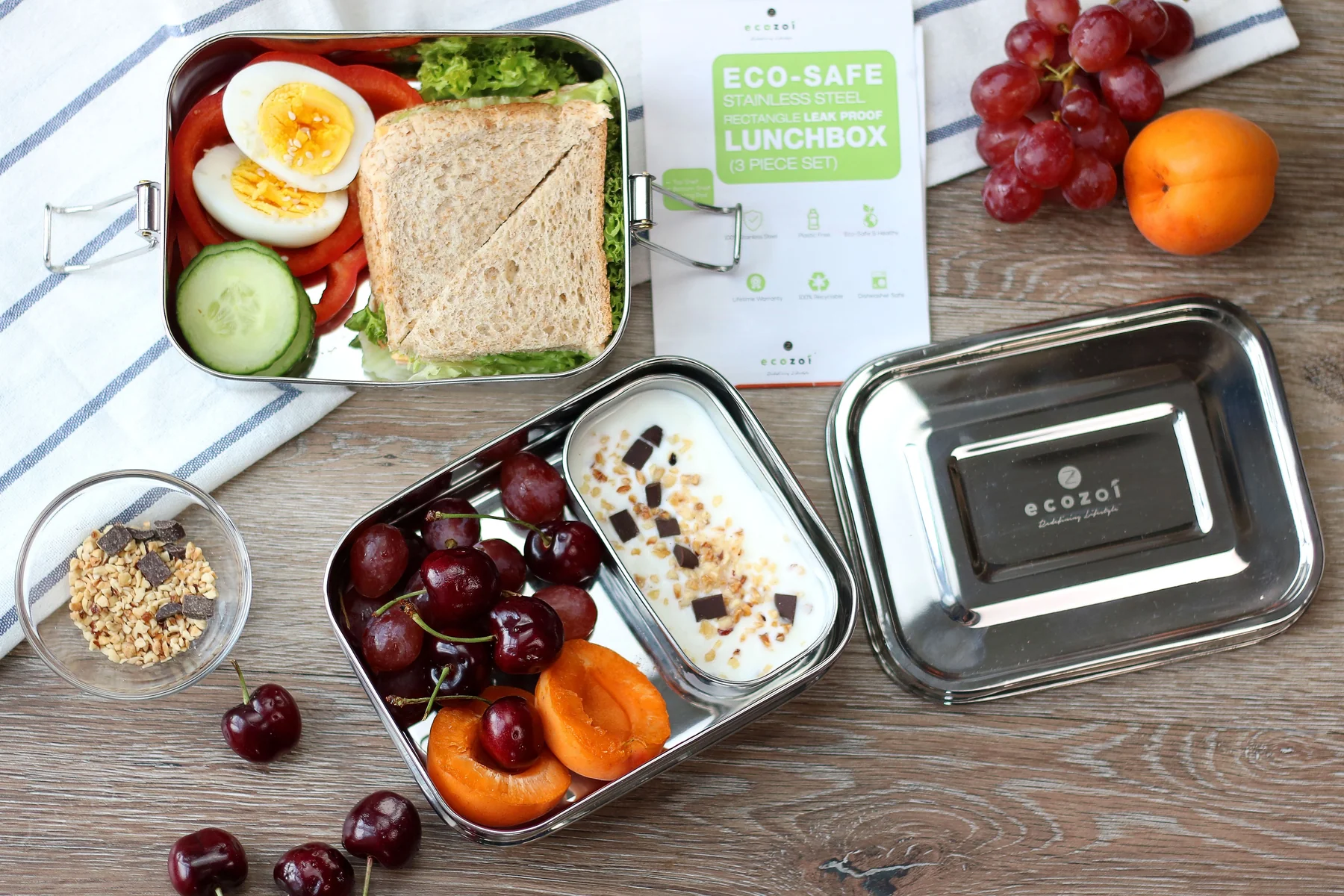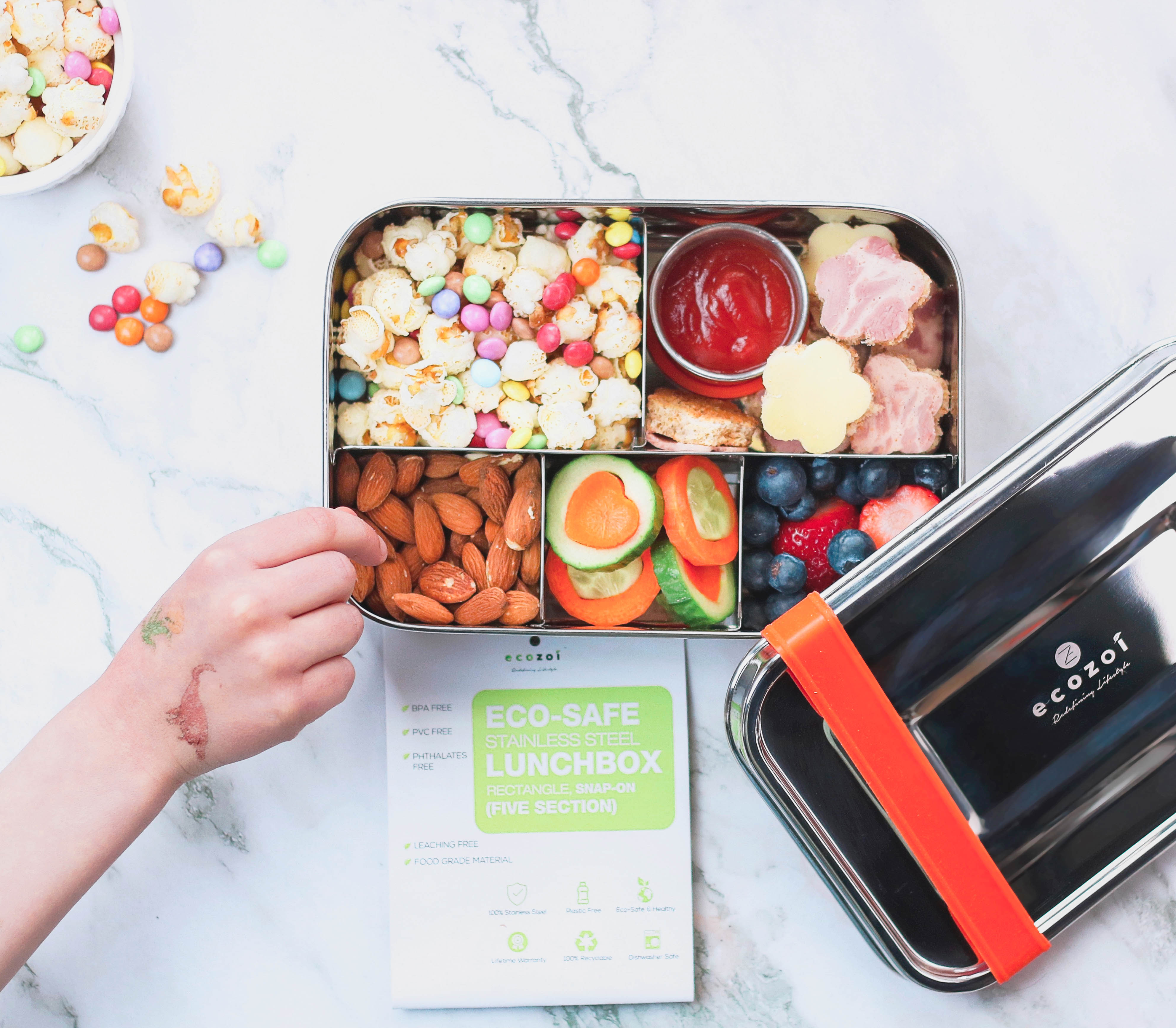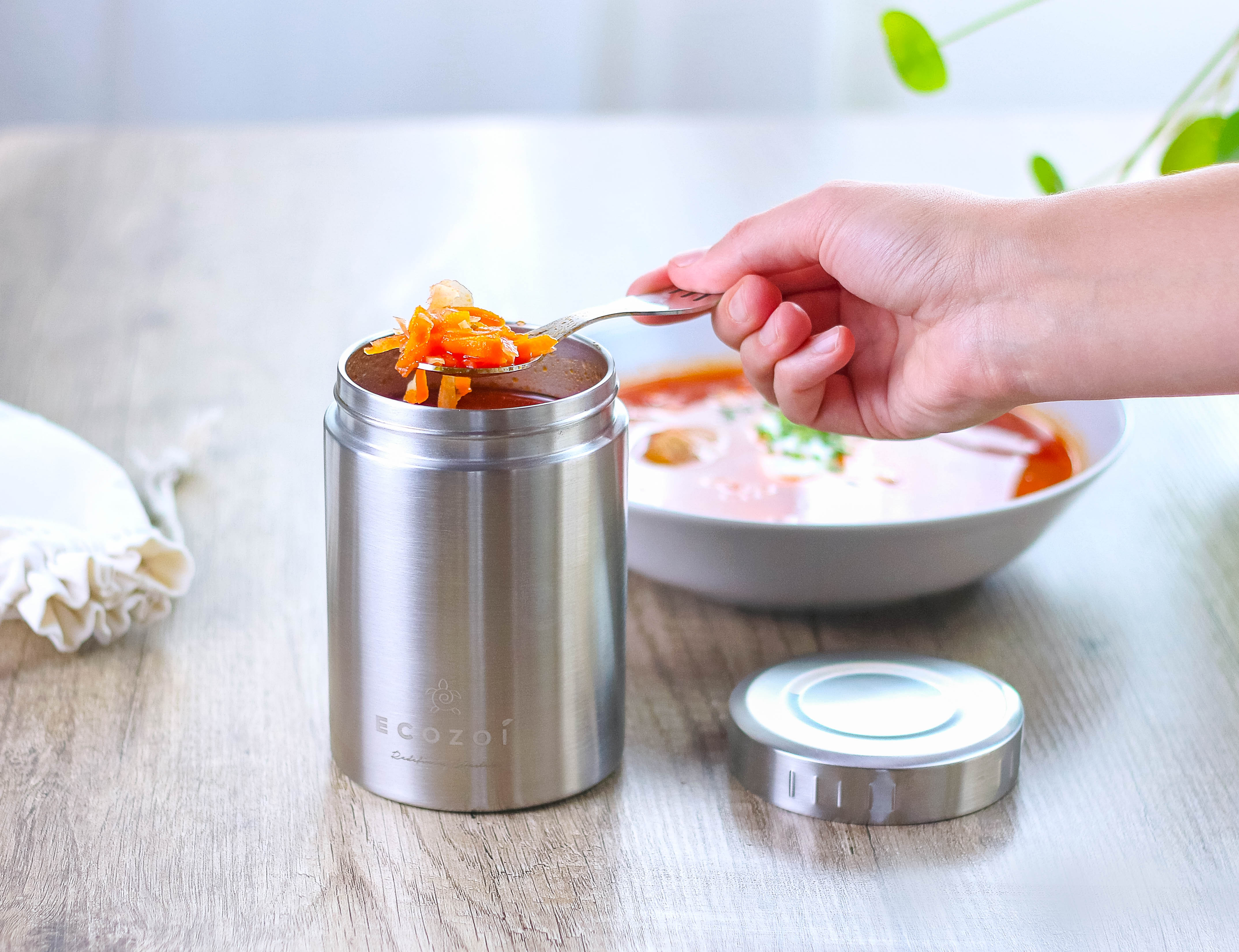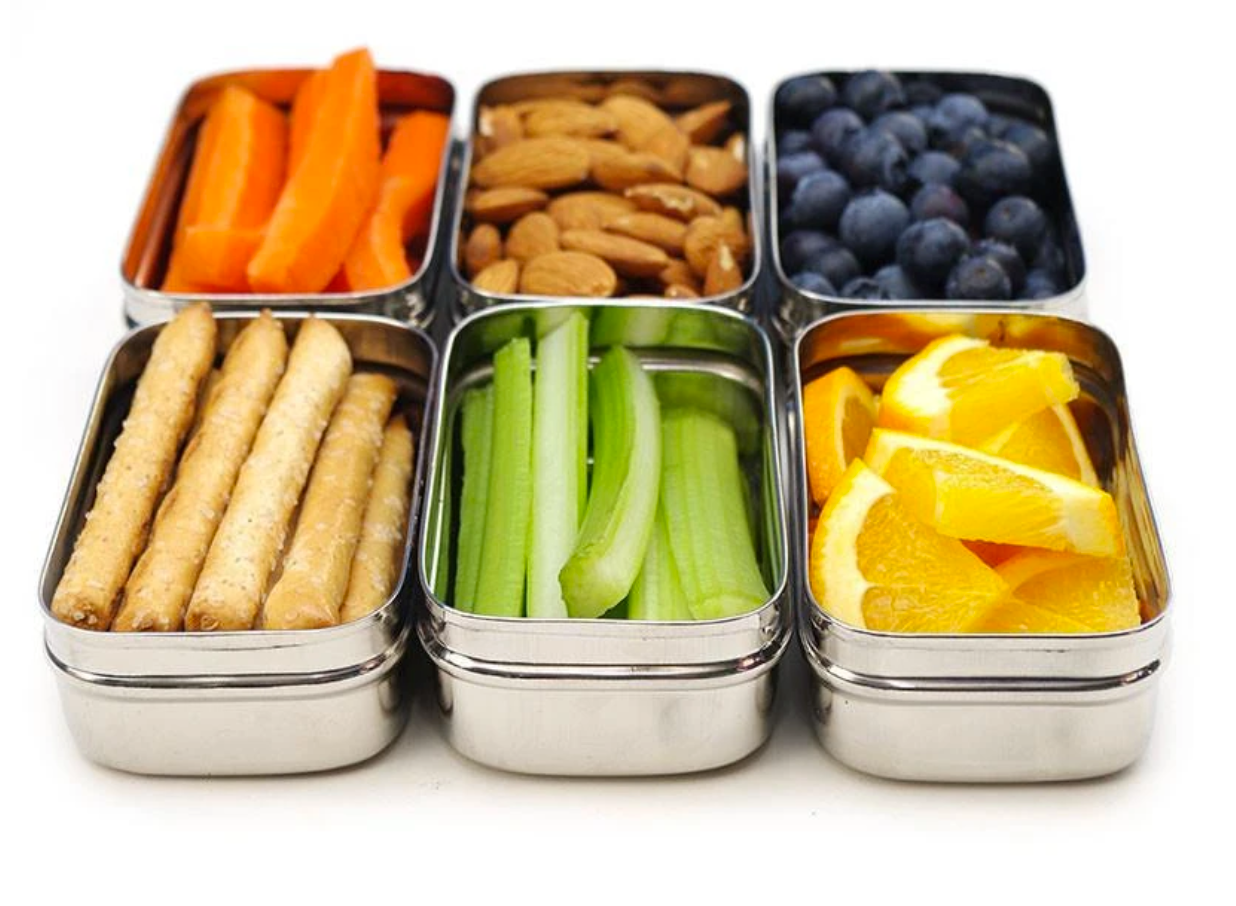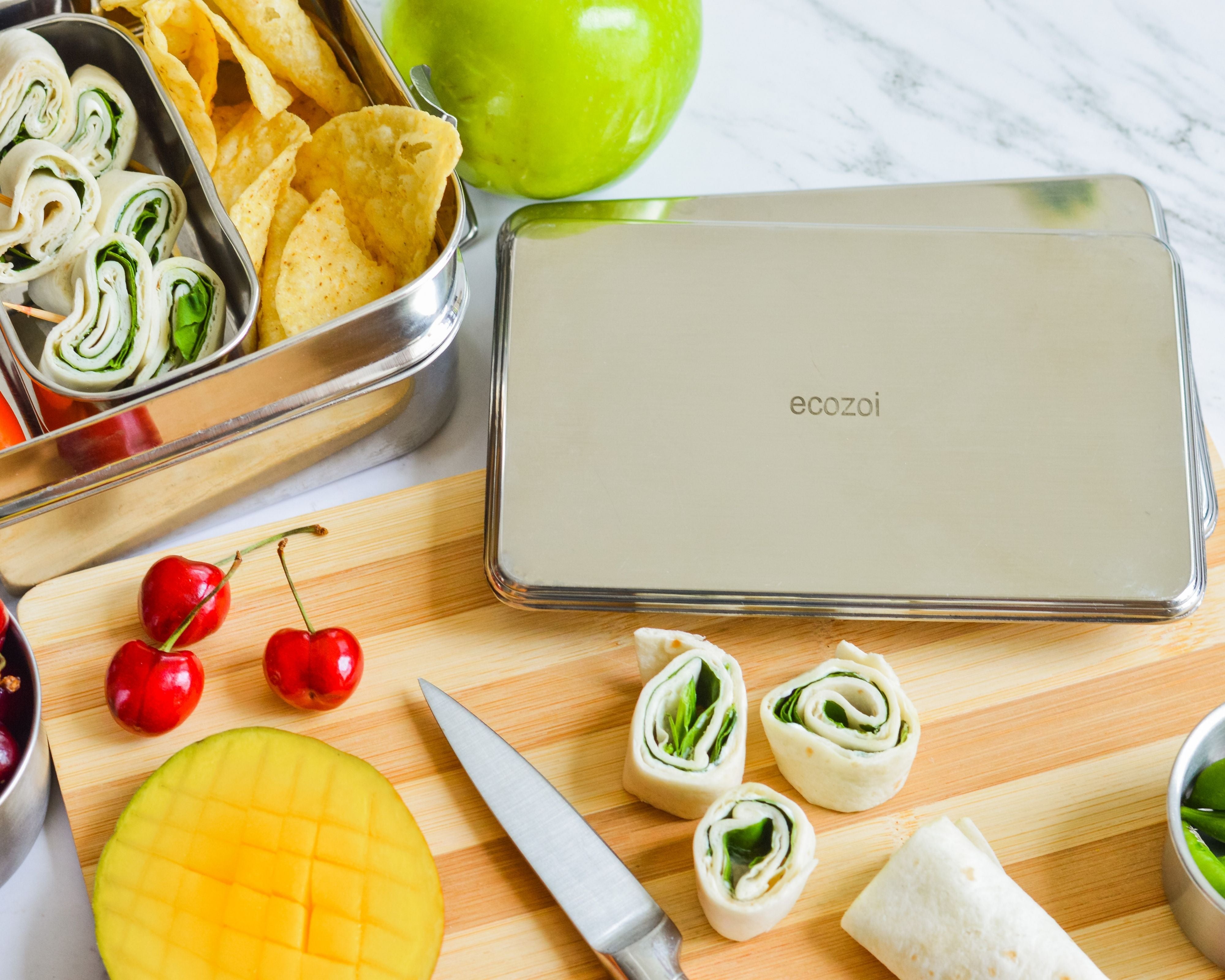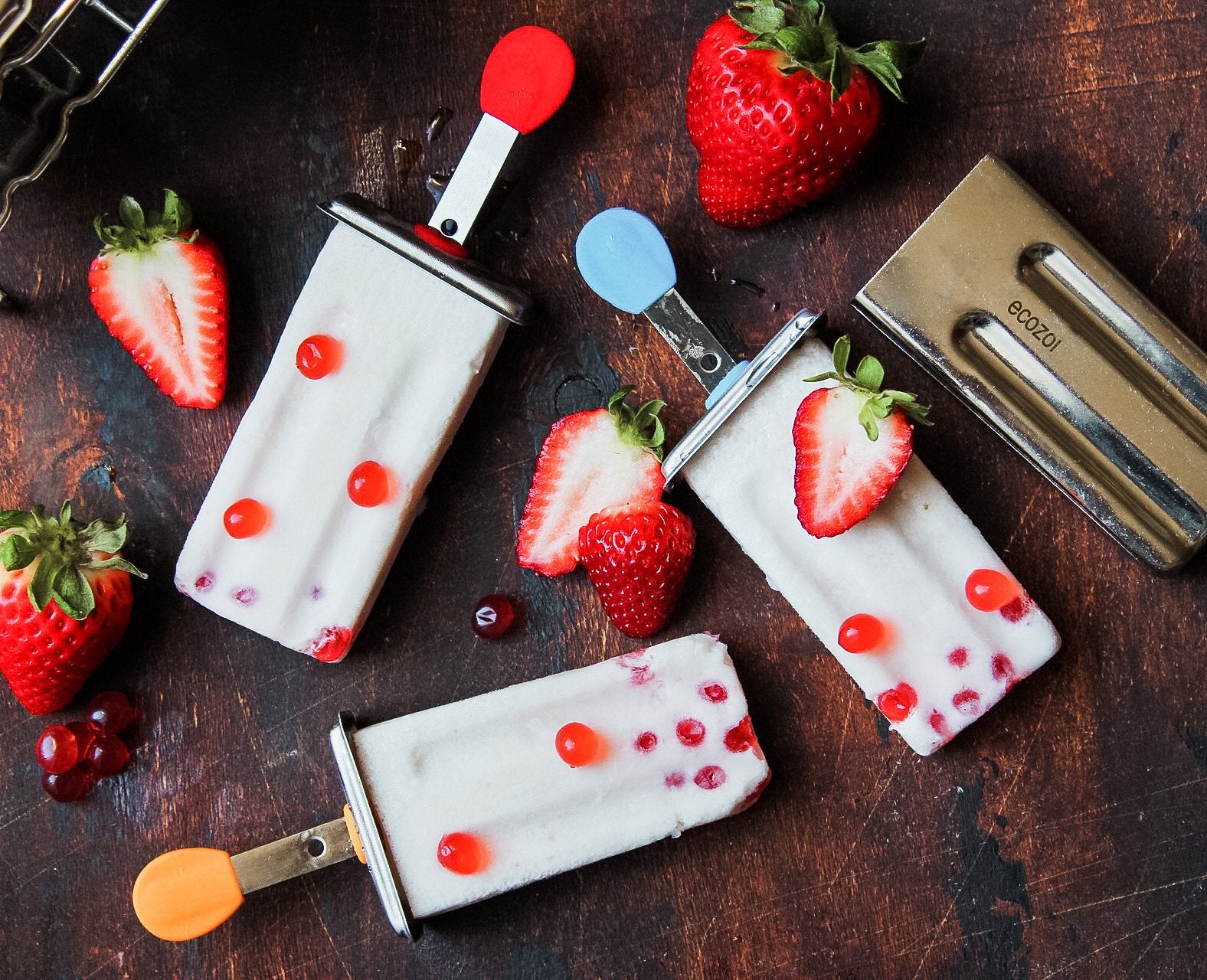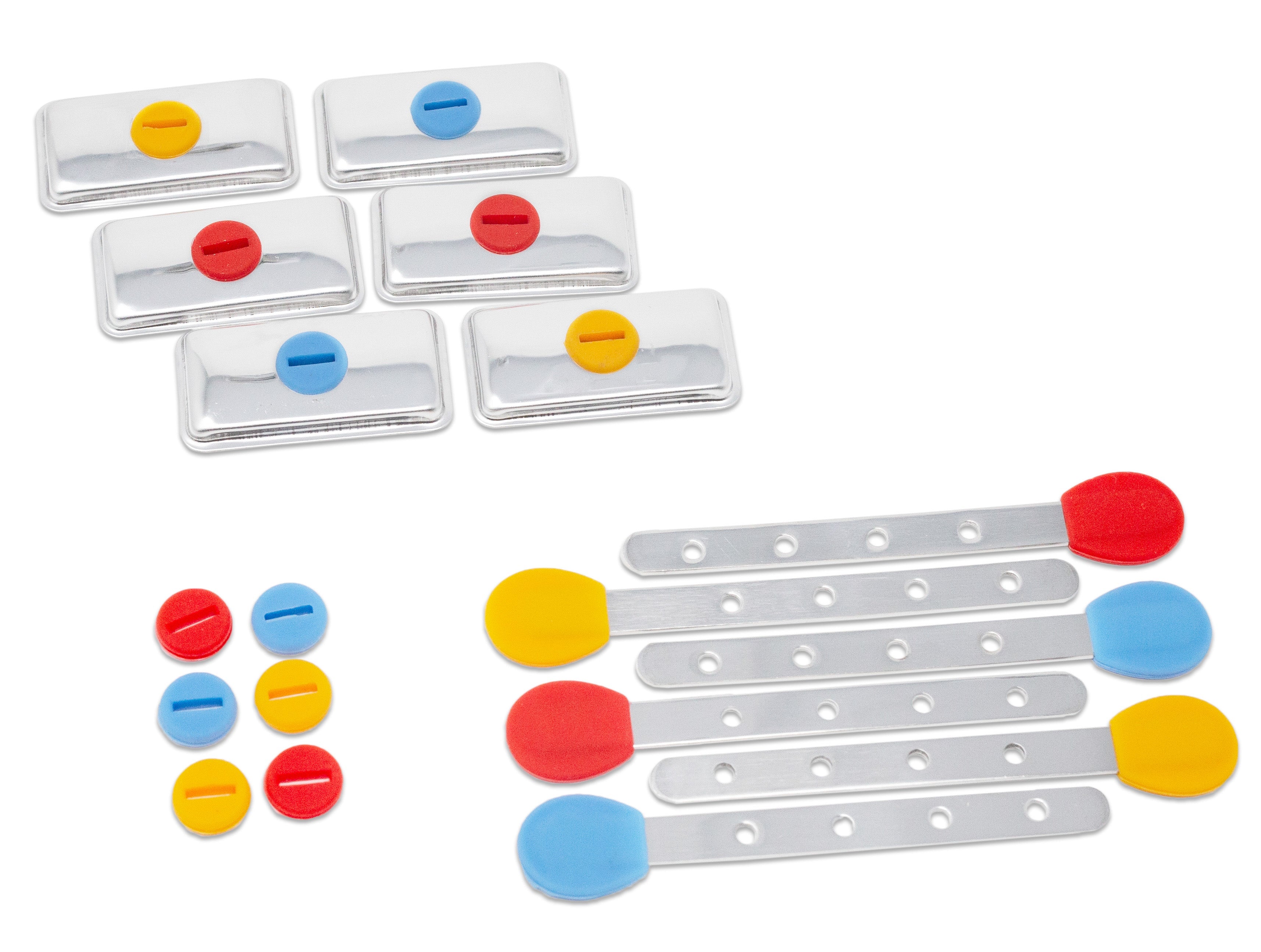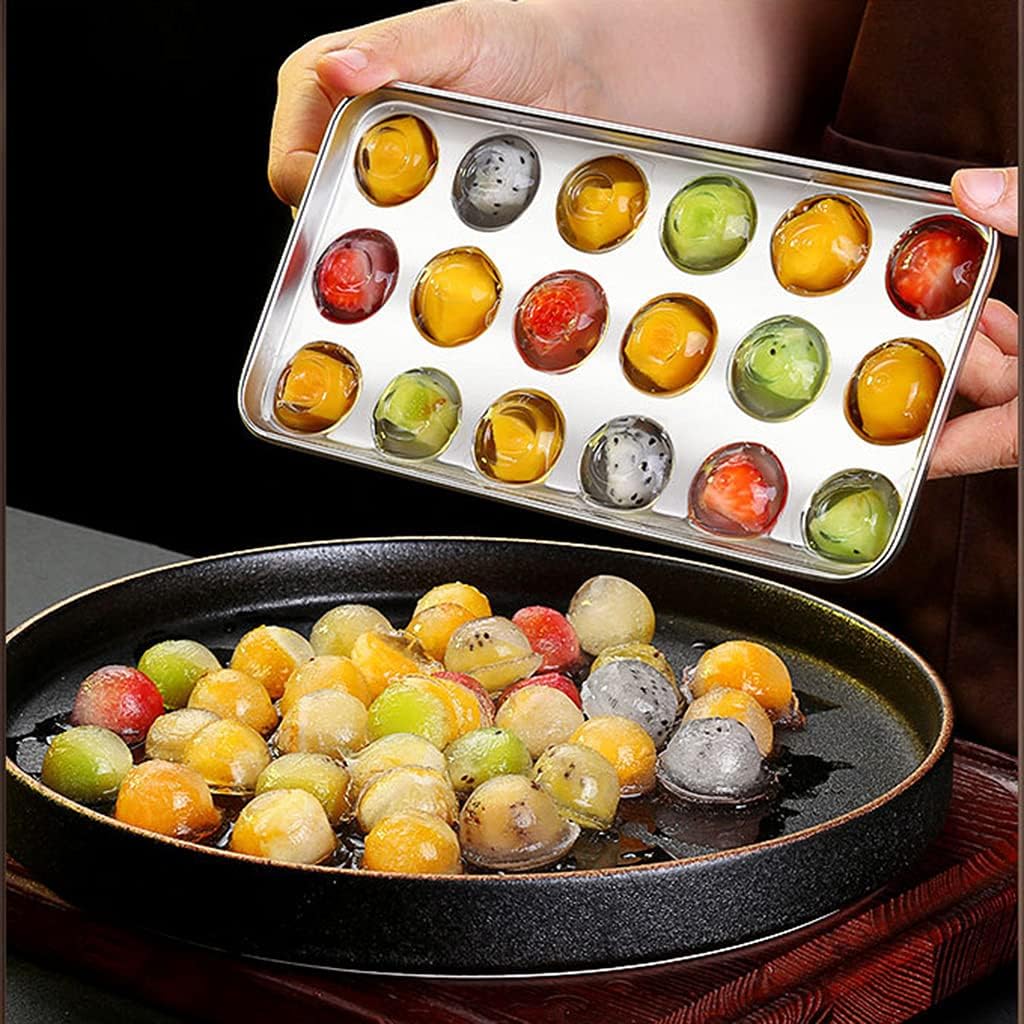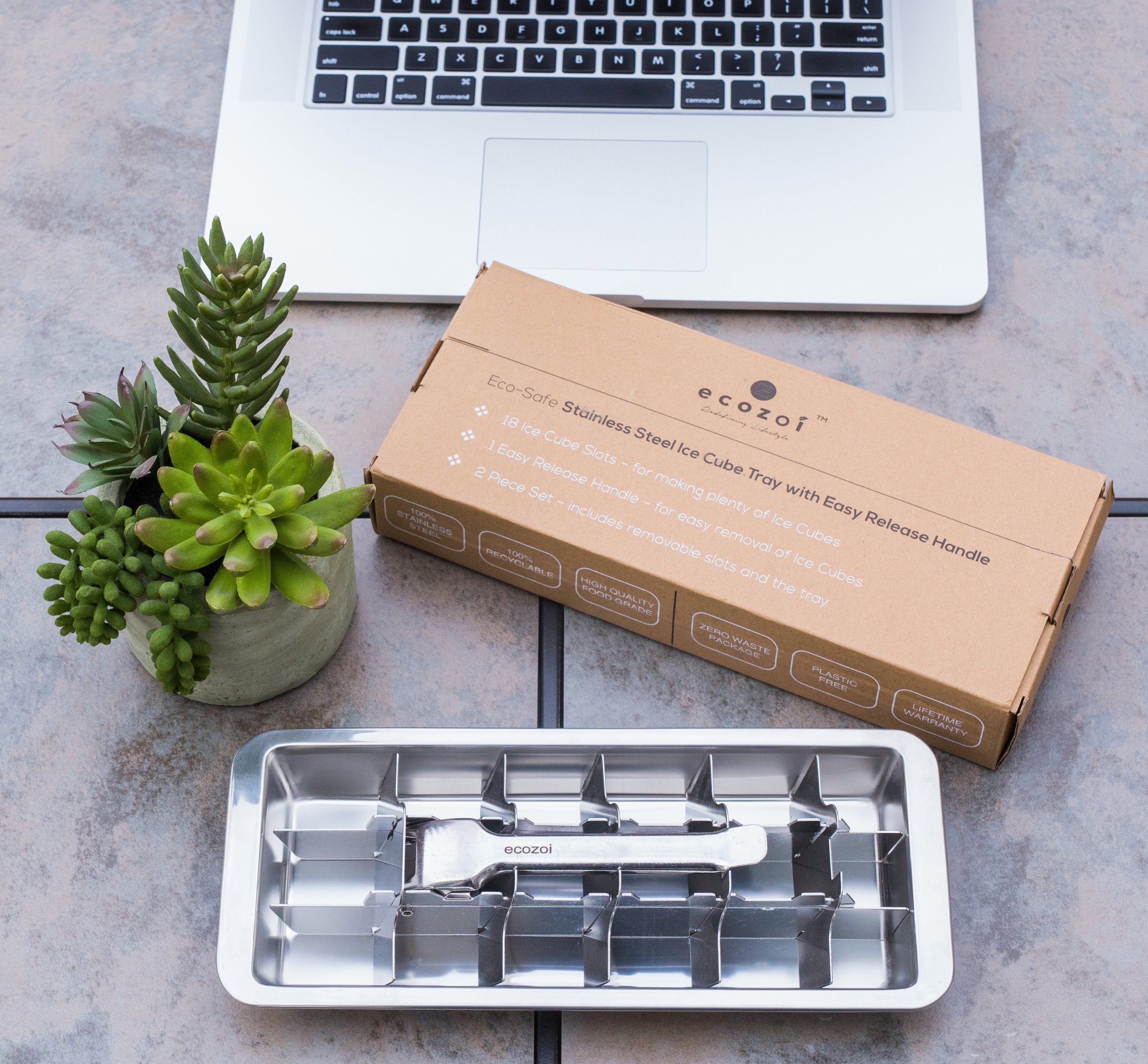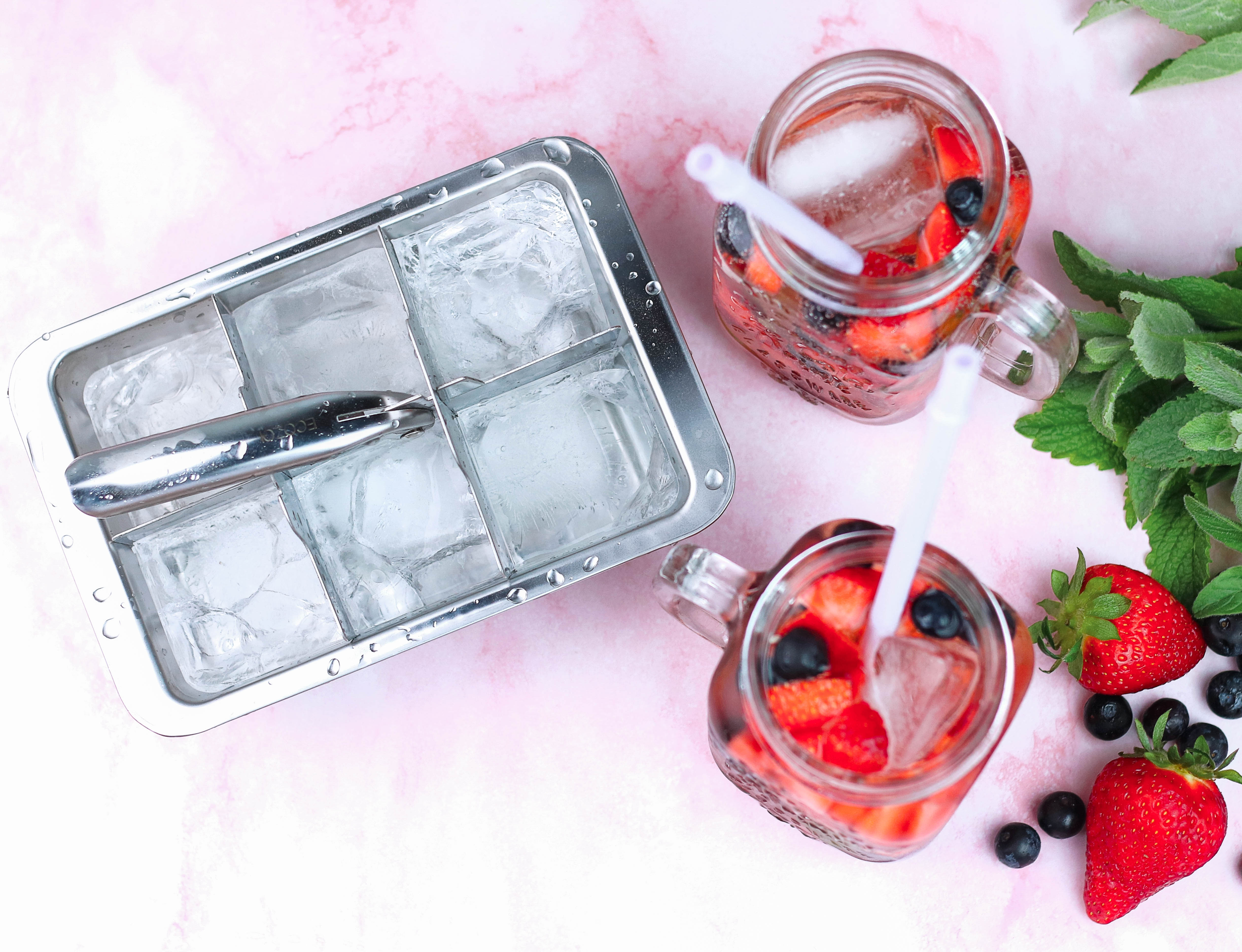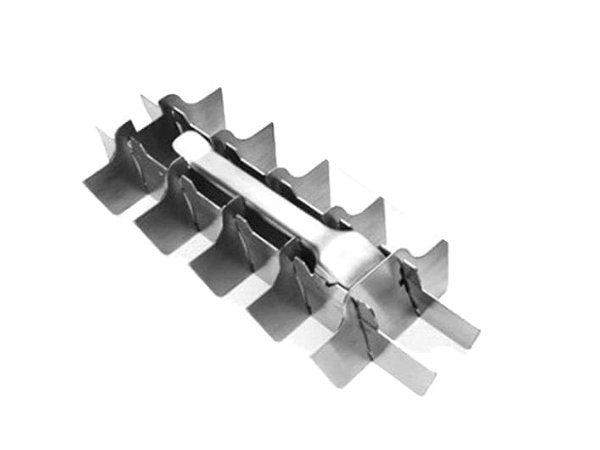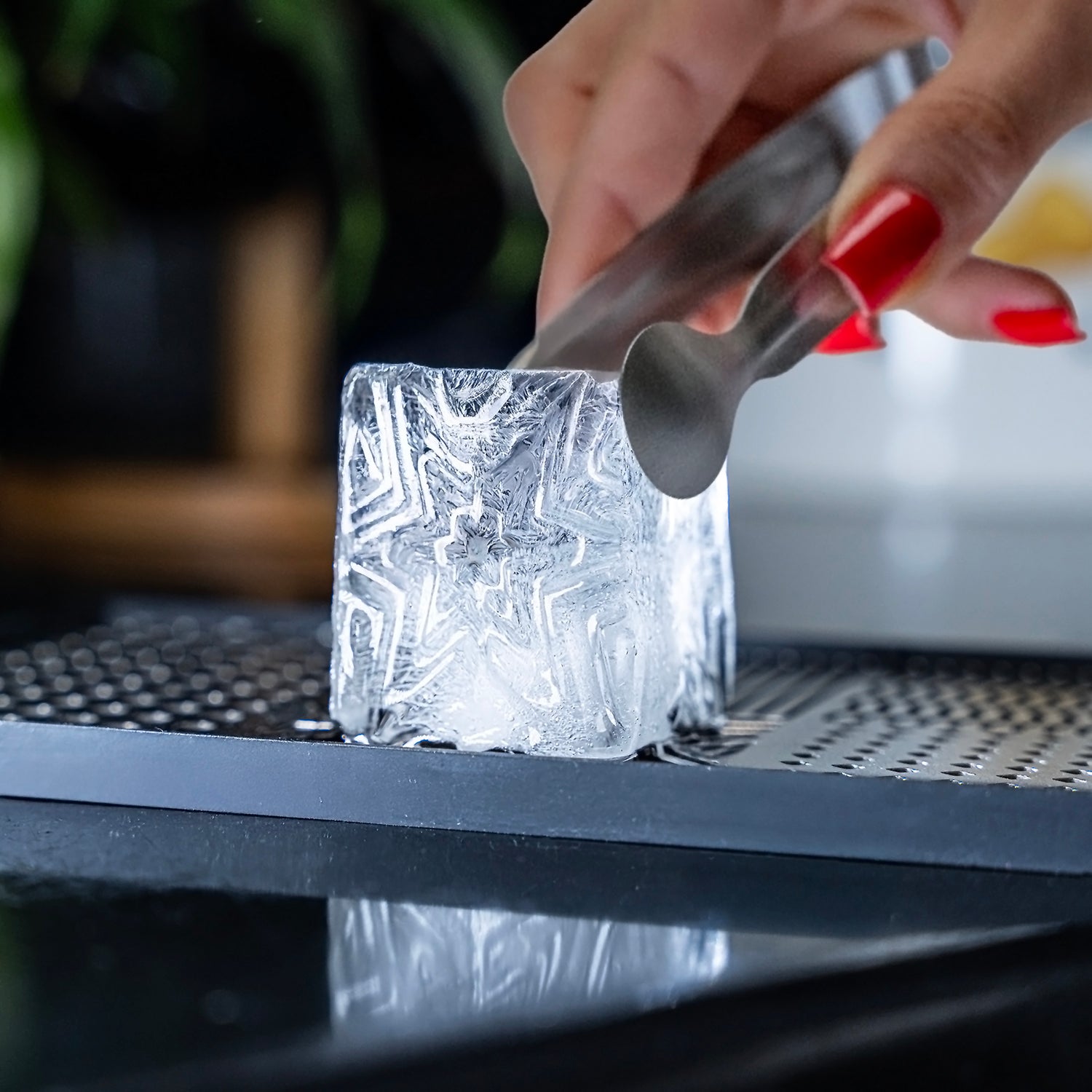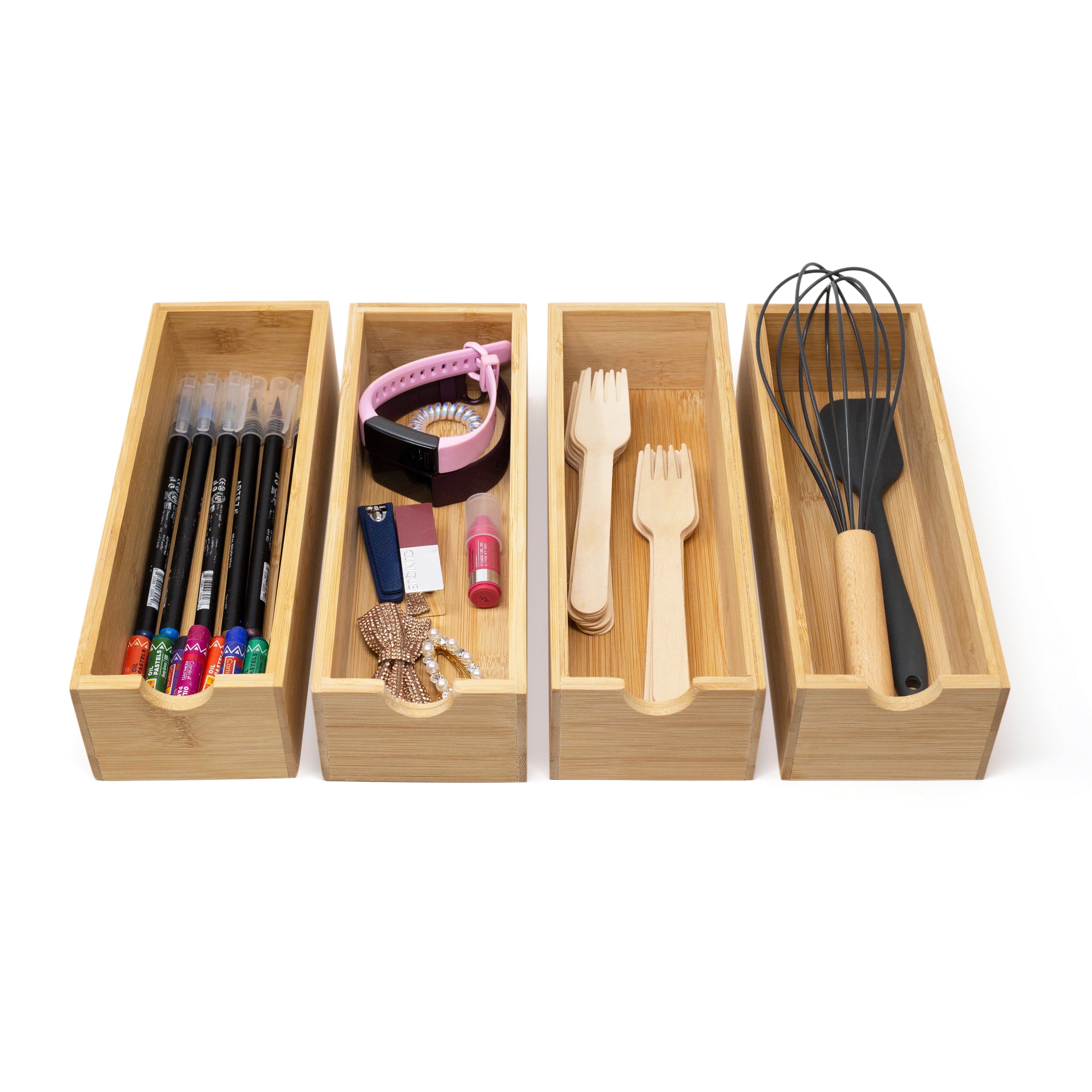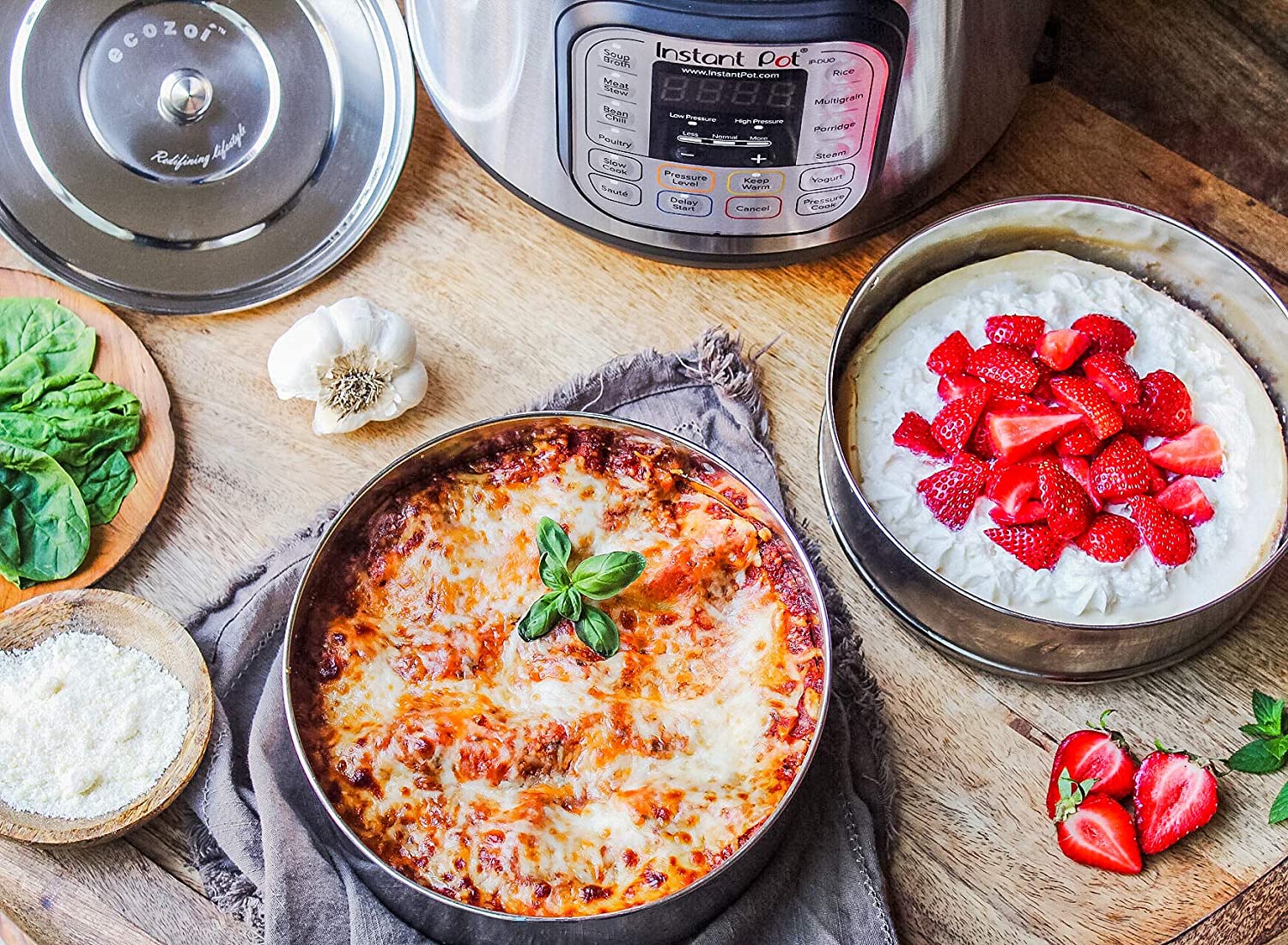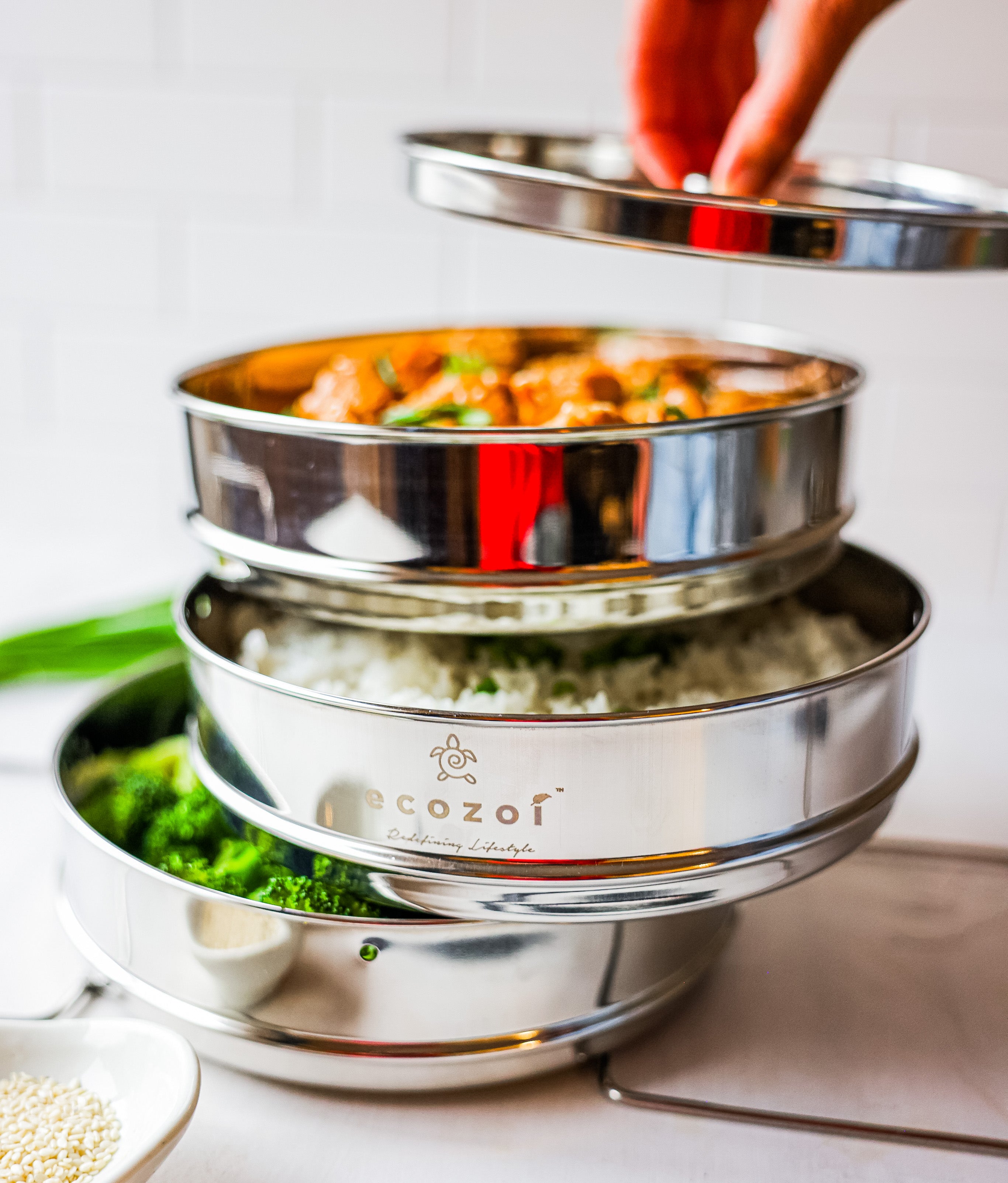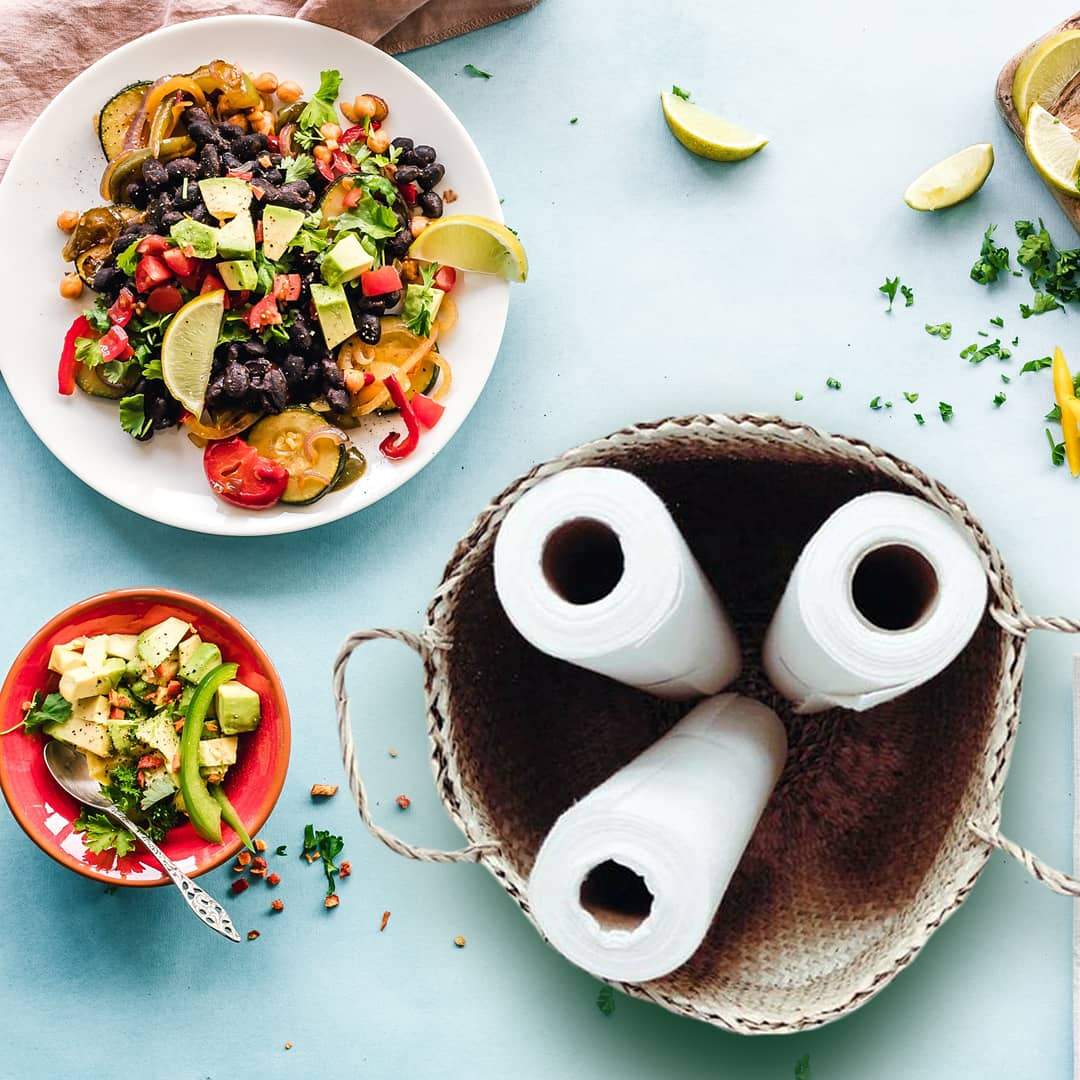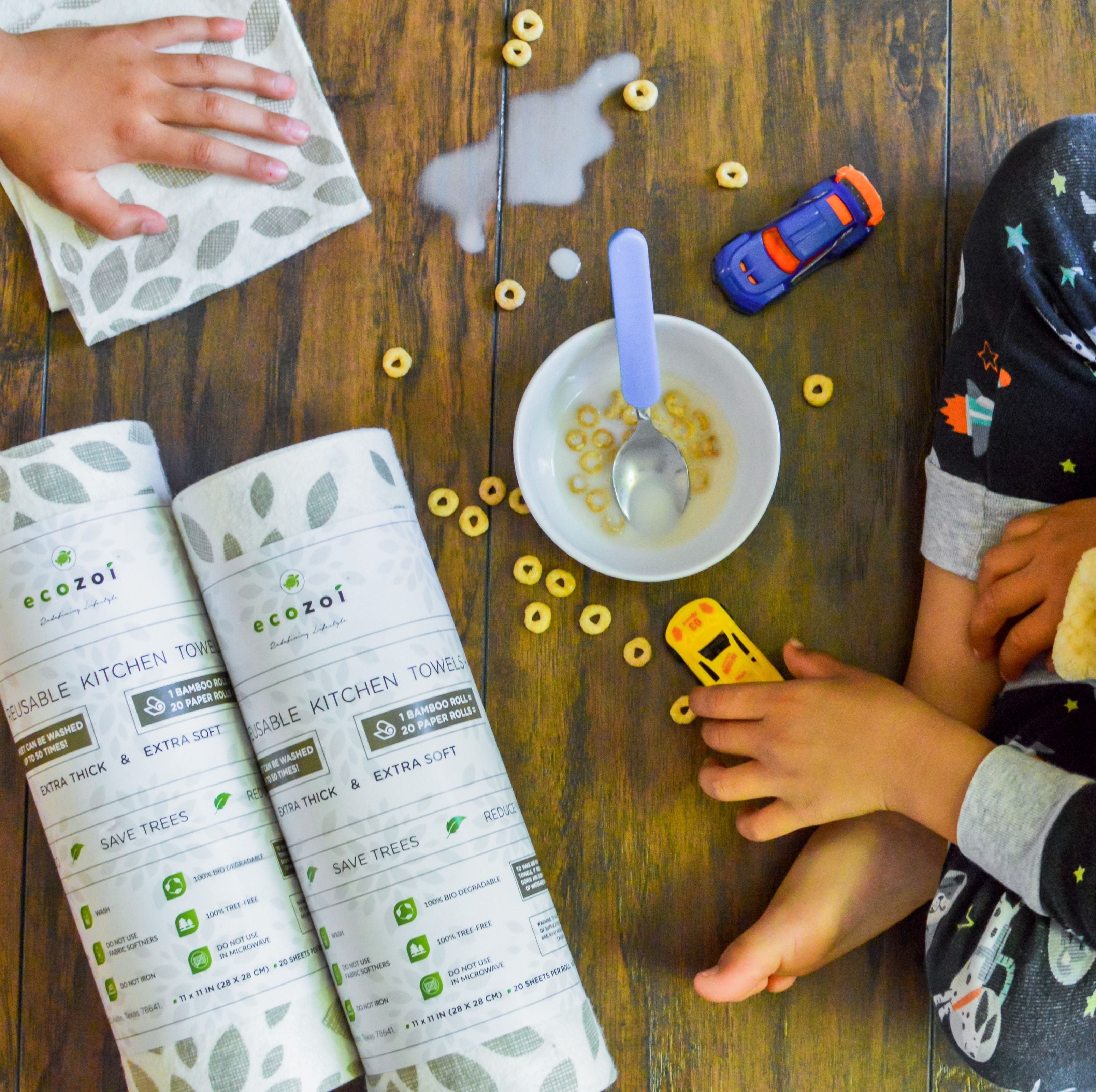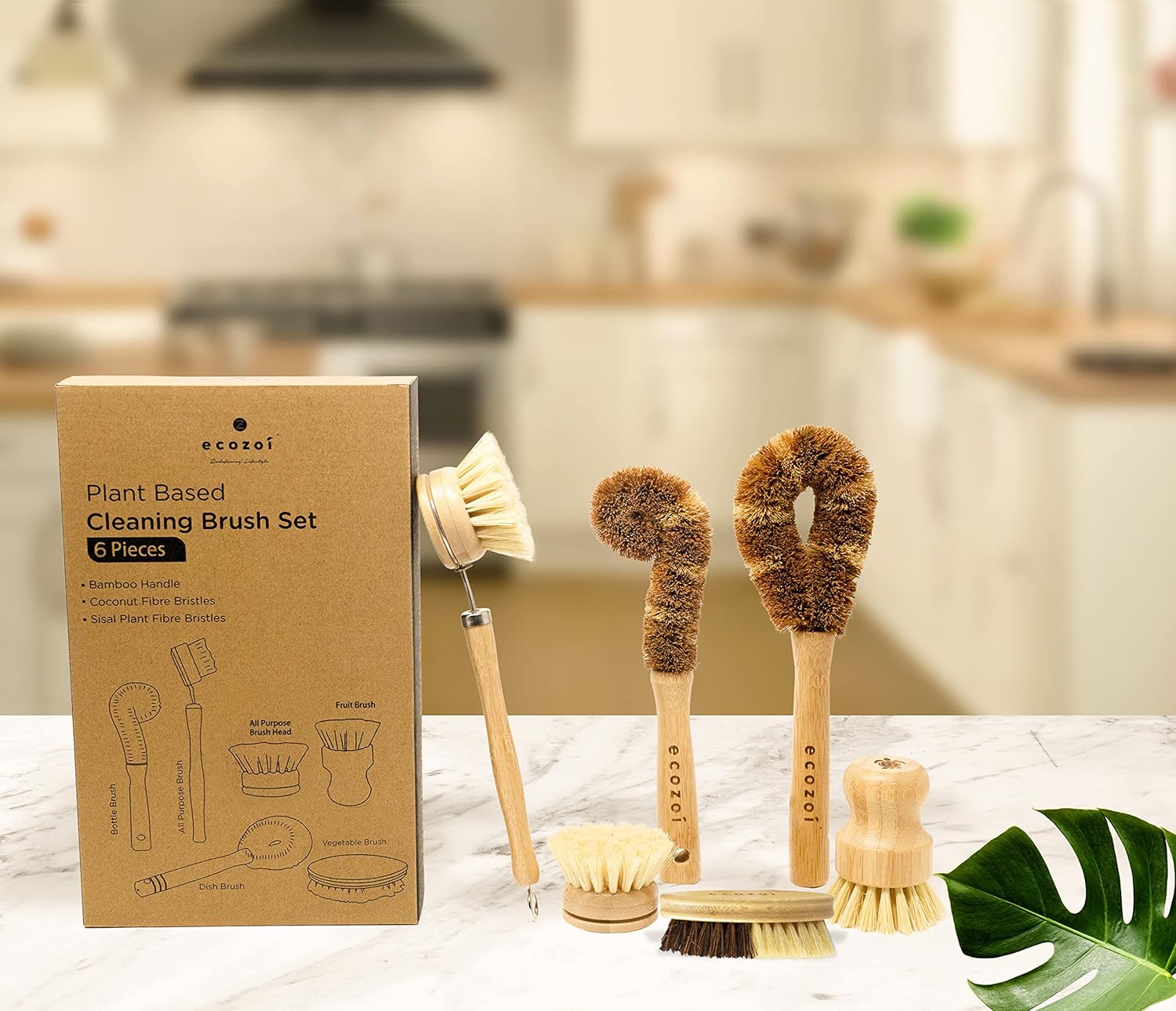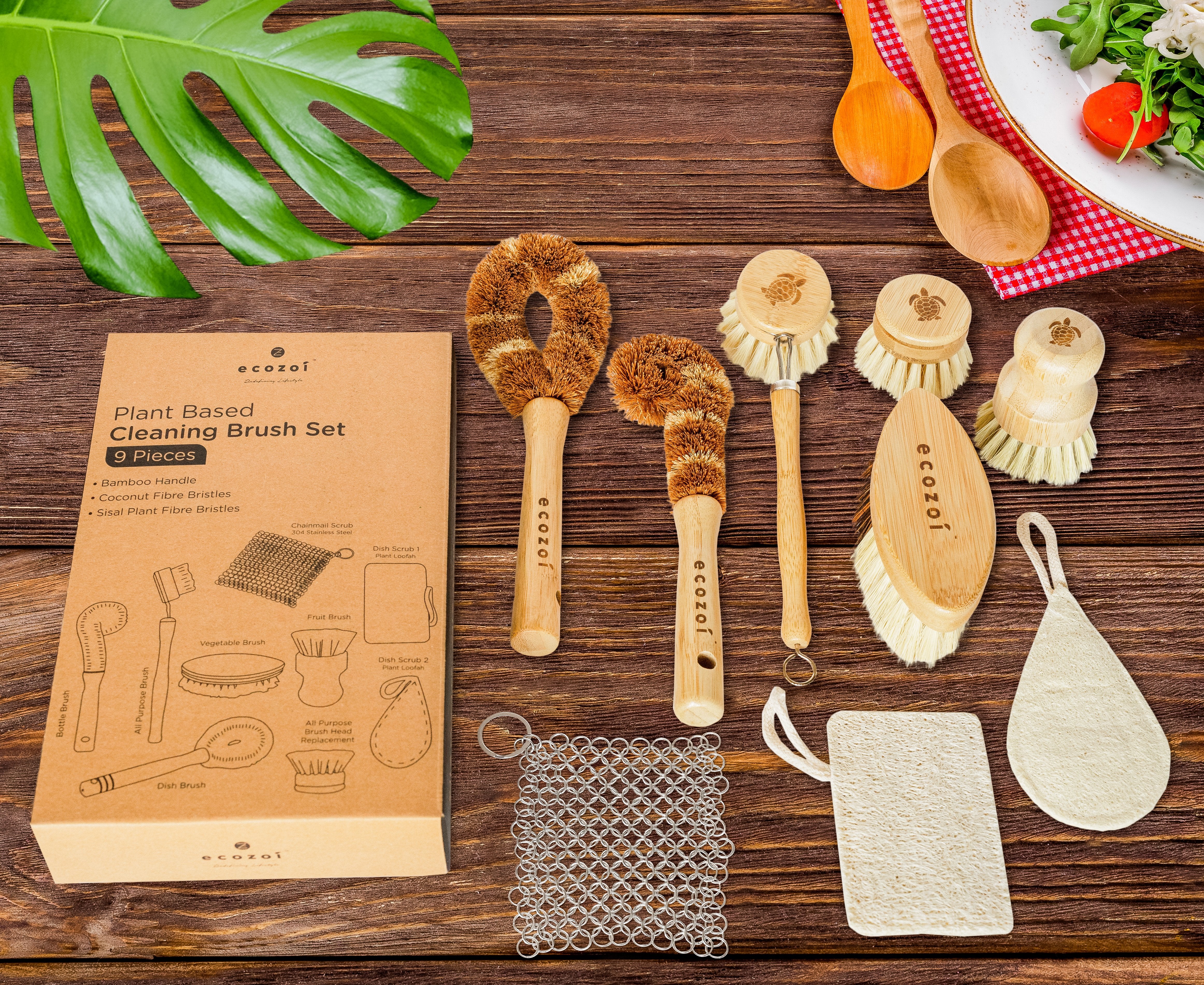Tips to Reduce Food Waste
Your food choices have both personal and global implications. The USDA estimates that between 30 and 40 percent of the nation's food supply is lost or wasted every year. About $161 billion, or 133 billion pounds. Losses in the food supply occur at every stage, from manufacturing to final consumption. They also happen when people buy more food than they need or can eat and when stores must discard substandard or flawed items. Tossing out perfectly good food wastes money and resources because of the water, fertilizer, and land it requires to grow. Here are our tips to avoid this and reduce food waste in the process.
Start at the shop
Most individuals buy more groceries than they need. Research has found that although buying in bulk saves time, it also increases food waste. It's better to shop for groceries frequently, every few days, rather than all at once every week so that you don't end up with more food than you need.
Before making another grocery run, to make your kitchen more eco-friendly, ensure you eat everything you already have in your pantry and refrigerator. Consider developing a list of things you need to purchase and sticking to it. In addition to reducing wasteful purchases, this will help you control your shopping impulses.

Store smart
Applying the "first-in, first-out" rule to your pantry and fridge will help to reduce food waste. Products closer to their expiration dates shift forward, making room for the fresher items in the back.
Foods that don't need to be cooked, such as leftovers, should be on the fridge's top shelf, while raw meats and fish should be stored in sealed containers at the bottom. Keep your fresh veggies and fruits in their own drawer.
You can also use technology to your advantage. Our friends at peasleyboisemovers.com, who frequently come in contact with different furniture pieces, have noticed a recent boom in the number of smart fridges people purchase. These smart fridges can help you keep track of your food via a little camera inside. In addition, there are numerous apps and digital food storage guides on the web.
Meal plan will help reduce food waste
Some people find that making a weekly meal plan helps them stay on top of their food consumption and reduces waste. On the other hand, some lean on an eco-friendly meal prep schedule to limit the time spent in the kitchen. Nowadays, it's easier than ever to make a shopping list with the aid of online meal-planning tools. Either way, the result is the same- reduced food waste.
Learn to preserve
You might believe that pickling and fermentation are modern trends, but these methods have been used to preserve food for thousands of years.
Preserving foods employing pickling, drying, canning, fermenting, or curing helps them last longer, decreasing food waste. These practices will not only reduce your financial and environmental impact but will also save you time and effort. And it means you're no longer bound to seasonal eating, as you can eat preserved foods all year round! Moreover, many preservation practices are easy and even enjoyable.
You may make a tasty and long-lasting treat that even children will love by preserving an abundance of ripe apples and converting them into applesauce or by pickling fresh carrots from the market.
Freeze it
Freezing is a useful technique to avoid spoilage and extend a food's shelf life. The freezing process preserves many fresh fruits and vegetables, allowing you to enjoy them for a more extended period and preventing waste. Some bread, meats, and even some ready-to-eat recipes may also do well when frozen.
In particular, it is beneficial to freeze herbs and other items you don't use often. Freezing surplus fresh fruits and vegetables when they are in season locally might help folks trying to eat more sustainably.

Know the mold types
Whether or not the food can be "saved" if mold develops depends on the type of mold. And when it comes to moldy food, you need to know this distinction:
Hard foods - Items that fall into this category include firm fruits and vegetables (such as cabbages, bell peppers, and root vegetables), hard cheeses, and cured meats (think salami and ham). Once the moldy component and its surrounding region have been removed, hard foods should be safe to eat again.
Soft foods - Foods like cooked leftovers, yogurt, and other dairy products, bread, jam, and soft fruits and vegetables (such as cucumbers, peaches, tomatoes, and berries) fall under this category. When soft foods show signs of mold, they should be thrown away. This is because mold can quickly spread in these "mushy" foods. And sometimes we can't even see it with our bare eyes!
Think before throwing it away
Mold can indicate that something has gone bad and should be thrown out. However, a little spoilage is no reason to throw away perfectly edible food.
Many fruits, for instance, begin to weaken or wilt shortly after they reach peak ripeness. They could be great in a smoothie or baked into a cake. Soup stock may be made from leftover vegetable scraps. And crumbs and toast may be made from even the stalest loaf of bread.
The "best before" date may be deceptive, but it is probably safe to eat if the food still looks good after the date.
Compost
There's no need to throw away the peels from your vegetables. Composting in your own backyard may save you money on landfill fees and produce valuable nutrients for your crop. You may also buy compact bins designed explicitly for composting that will only take up a little room on your counter.

Final words
You will struggle if you're only starting to reduce food waste at home. It's fine if you have a poor day or don't have the willpower to finish last night's dinner today. Tomorrow, begin anew. Self-awareness and effort are the first and most crucial elements in making a change. Good luck!


